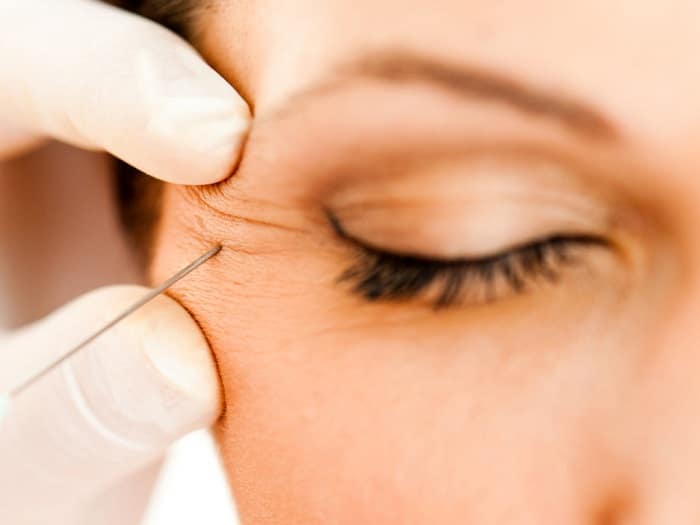SHARE THIS ARTICLE

General Public
Botulinum Toxin (Botox) for Blepharospasm (Droopy Eyelids) Treatment
Jun 8, 2018
What is blepharospasm?
Blepharospasm, commonly known as droopy eyelids, is a neurological condition characterised by abnormal, involuntary, and forcible twitching of the eyelids. While the basal ganglion—a cluster of neurons located in the brain—is responsible for controlling the movements of the eyelids, an abnormal function of the basal ganglion may actually lead to droopy eyelids. Though the exact cause remains unclear, some researchers also believe that blepharospasm is caused by other triggers such as stress, lack of sleep, and excessive caffeine intake. Most patients experience this eye condition without any initial warning symptoms. It may begin with a gradual increase in blinking or eye irritations. Besides that, some patients may even experience sensitivity to bright light, fatigue, or emotional tension prior to a full-blown droopy eyelid condition. As blepharospasm progresses, these symptoms increase in frequency and severity, sometimes causing facial spasms. Though this neurological condition may cease or decrease while the patient is sleeping on performing a task, it still is a debilitating disease that can affect quality of life.
How is blepharospasm treated?
Though there are a myriad of methods that can be used to treat blepharospasm, these treatment options are only able to reduce the severity of the neurological condition instead of completely curing it. While oral medications are available, they usually provide short-term symptomatic relief that can only work in approximately 15% of the affected patients. Besides oral drugs, patients can even opt for myectomy, which is a surgical procedure that removes some of the muscles and nerves in the eyelids. This method is far more effective as it can result in effective improvement of symptoms in about 75 to 85% of patients with blepharospasm. Other alternative treatment options that can be used to manage this condition include nutritional therapy, chiropractic, acupuncture, and hypnosis. That being said, the efficacy and benefits of these methods remain unproven.
Botulinum Toxin (Botox) for Blepharospasm Treatment
The best treatment method of blepharospasm is via botulinum toxin injection. Botox, 1 of the leading brand of botulinum toxin type A manufactured by Allergan, is extracted from the Hall strain of Clostridium botulinum bacteria cultures fermented with yeast extract, casein hydrolysate, and glucose. The injectable must be reconstituted with preservative-free saline solution (9mg/mL sodium chloride solution before it is injected into the affected areas. The reconstituted solution is meant to be injected intramuscularly into the medial and lateral orbicularis oculi of the upper lid and the lateral orbicularis oculi of the lower lid. The maximum dosage is 25 units in each eye. Following injection, Botox blocks the actions of nerve impulses which temporarily paralyses the muscles. Patients should be able to notice improvements within 3 days after the treatment session. These improvements will last for about 3 months. Only certified injectors experienced in handling the preparation and administration of botulinum toxin should inject the reconstituted solution into affected eyelid(s). The wide variety of uses is why so many medical professionals buy Botox for use in their practice.
*Disclaimer: Information on Maylips.com is provided for informational purposes only. Self-medication is strictly prohibited. All aesthetic procedures should be provided by the licensed healthcare specialist after the consultation with the personal therapist. The information in this article should not be used for prescribing any medication for the beauty injections.
All brand and medication descriptions in the article are based on the personal opinion and are not endorsed by Maylips.com. The article content was not reviewed for medical validity. Use this article for information and not for a final decision on the procedure.

